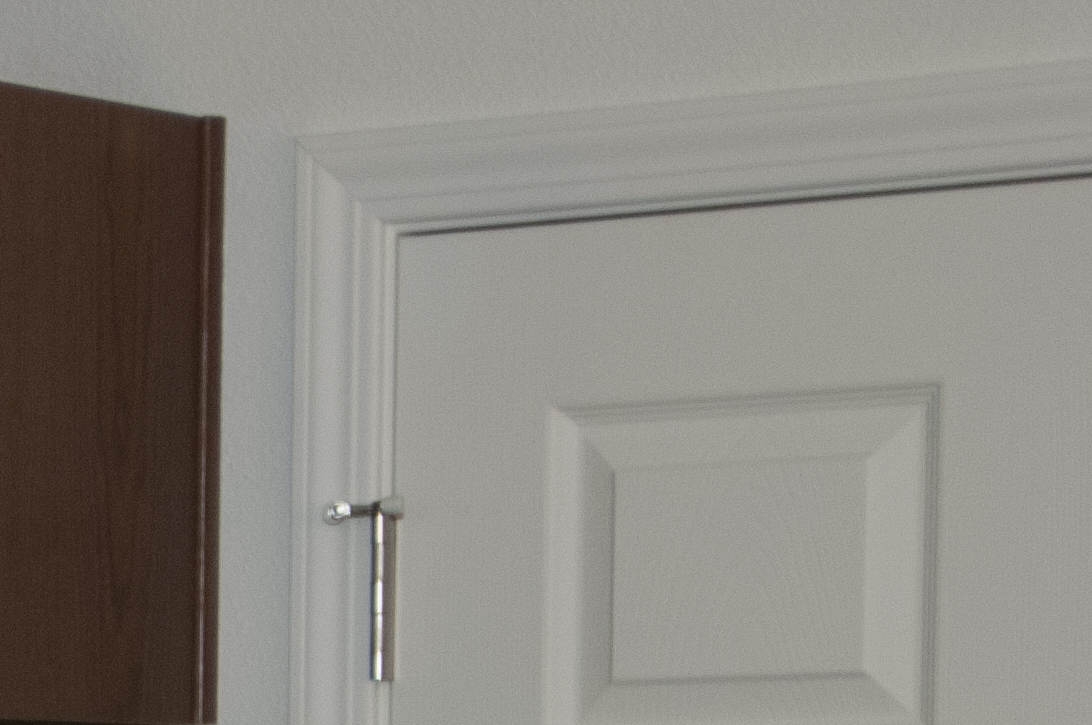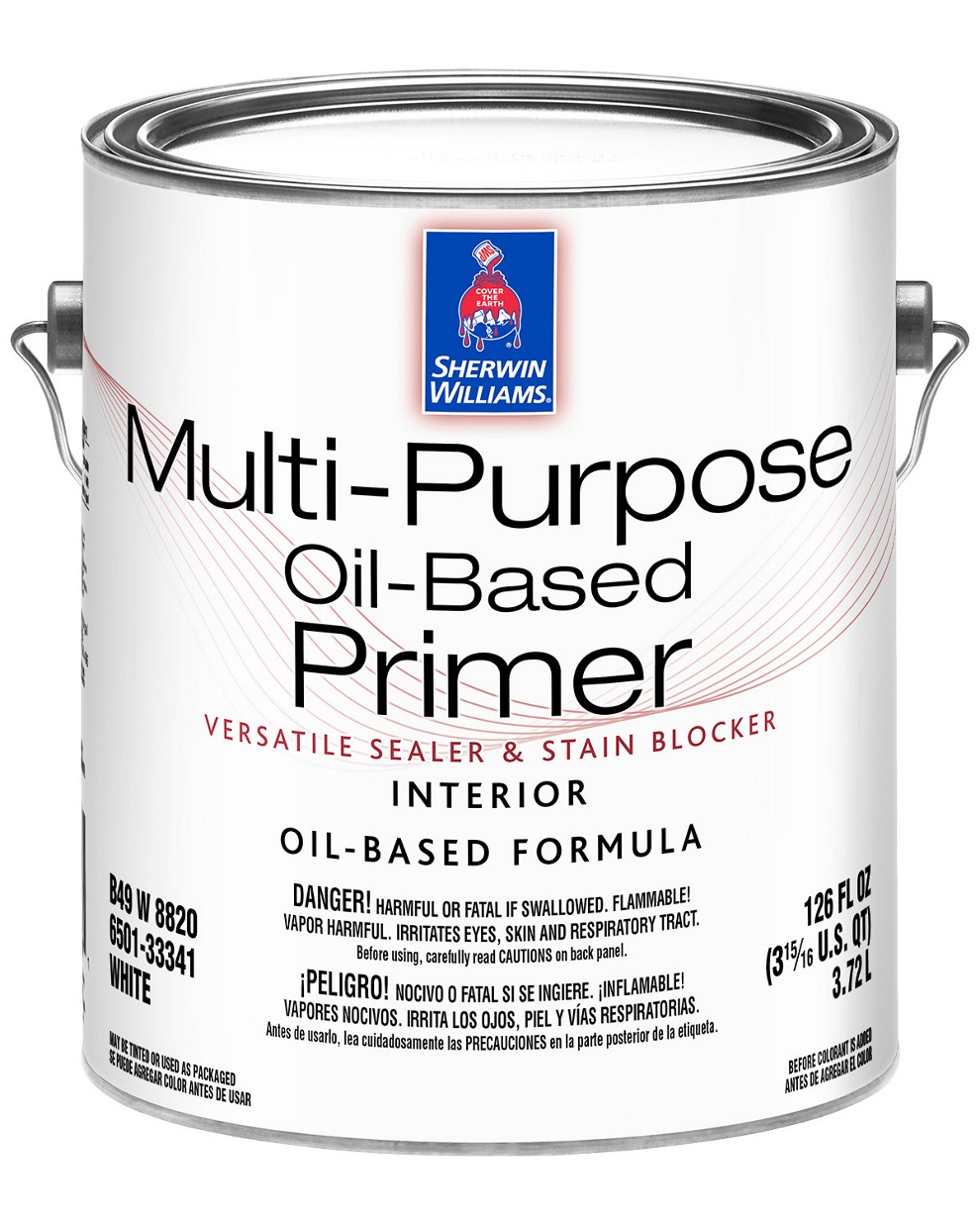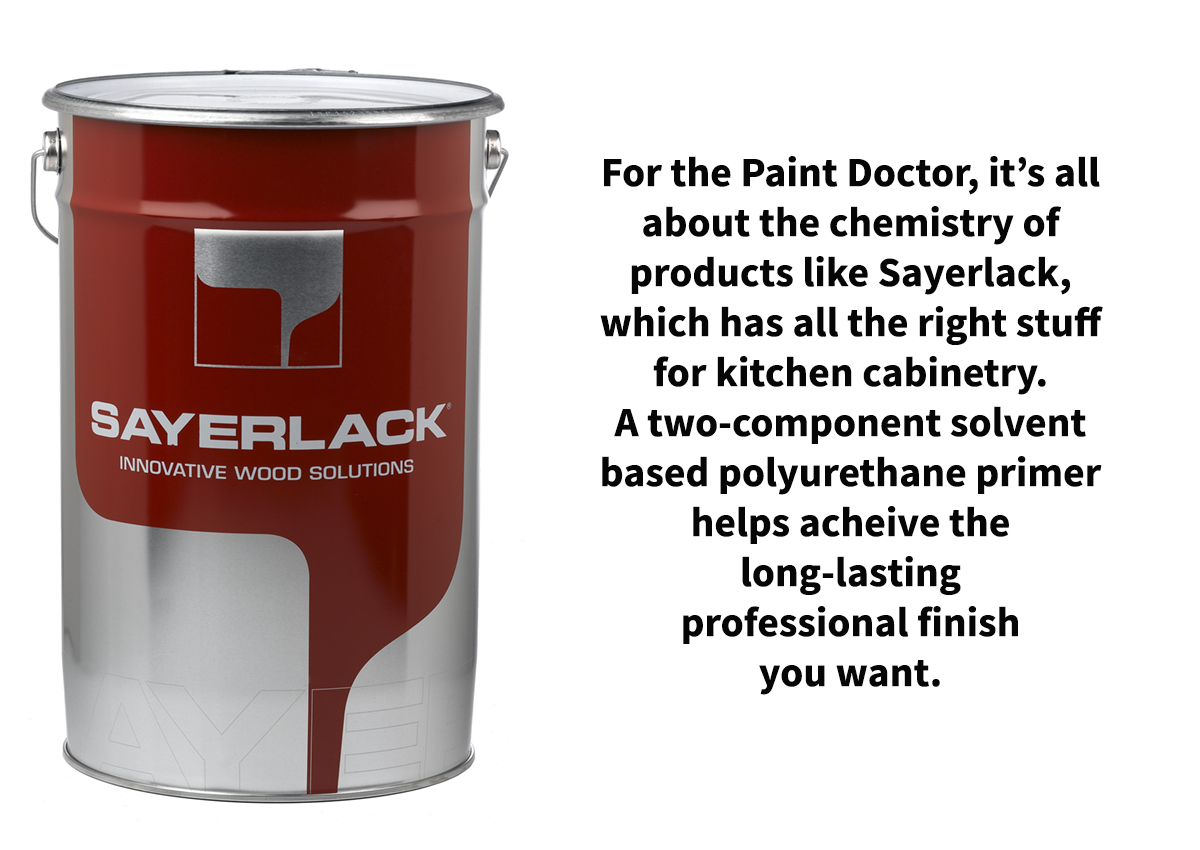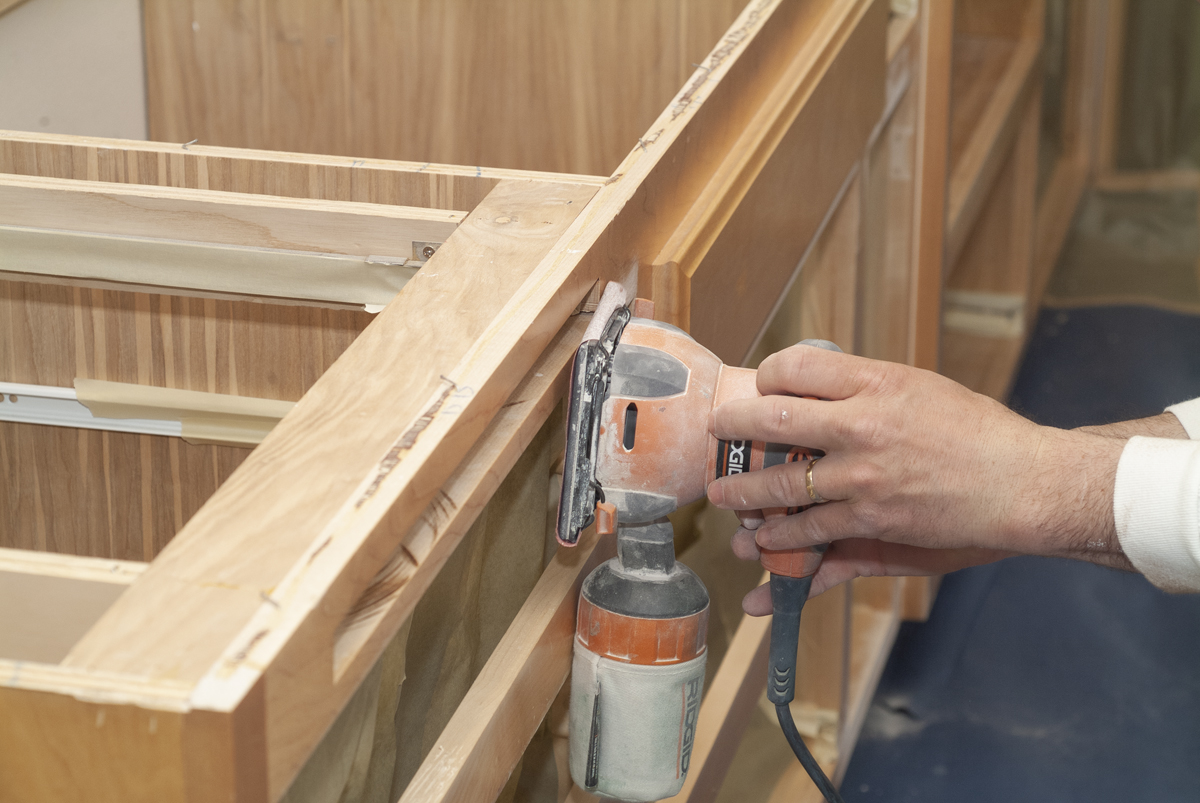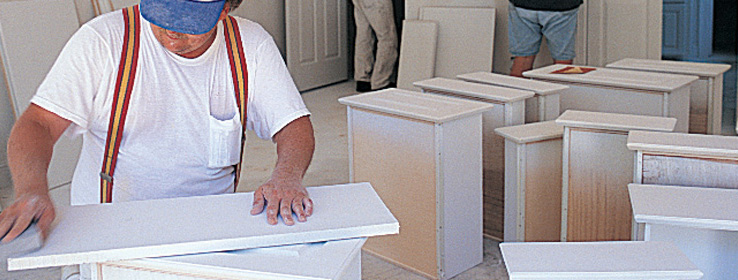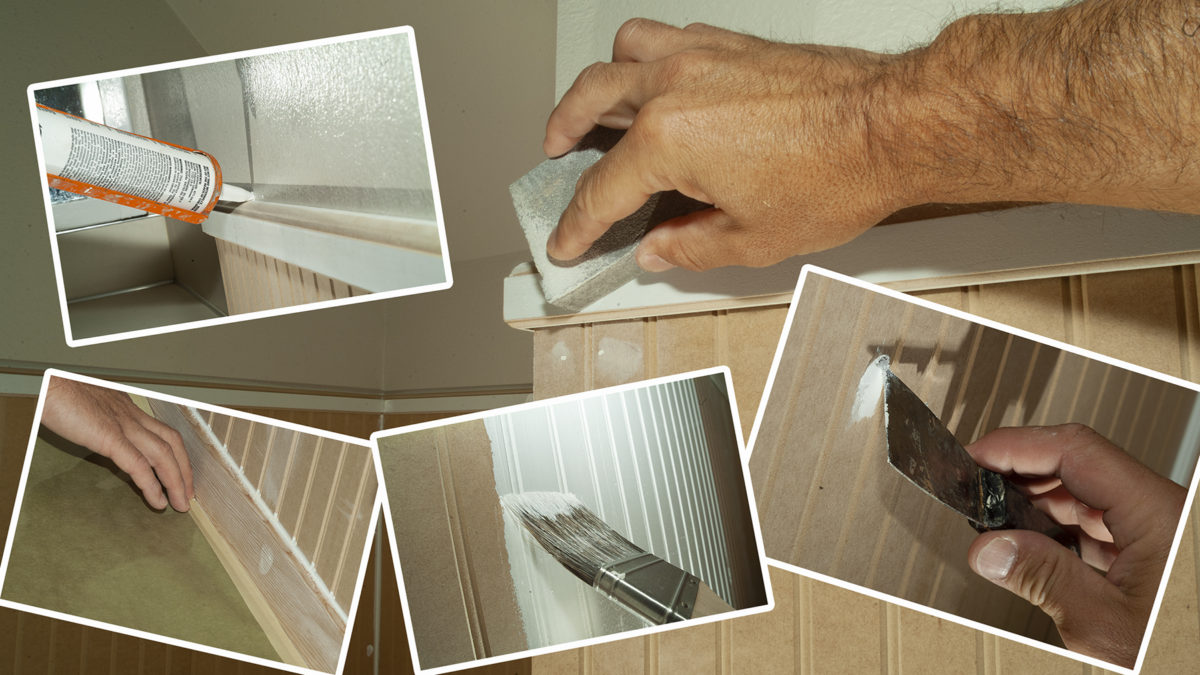We like to help our clients figure out different ways to save money on their projects. One thing we suggest for those with rental properties is using one paint throughout the interiors. This helps avoid confusion, speeds the touch up and repair process and saves money on applications.
The most efficient form of this concept is using the same paint on walls, doors and trim. Surprisingly, the trim looks like it is a different shade because of the difference in texture and the added contour of shadow lines. This is an obvious time saver when touching up and repainting the unit.
This approach requires the right choice in paint, especially sheen, but it can provide excellent, long lasting results when done according to the Doctor.

